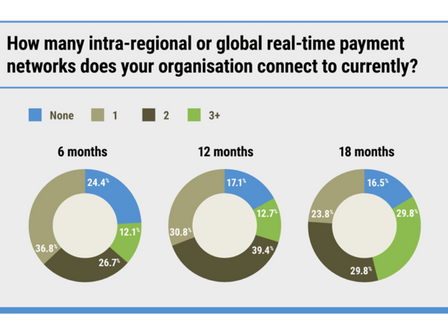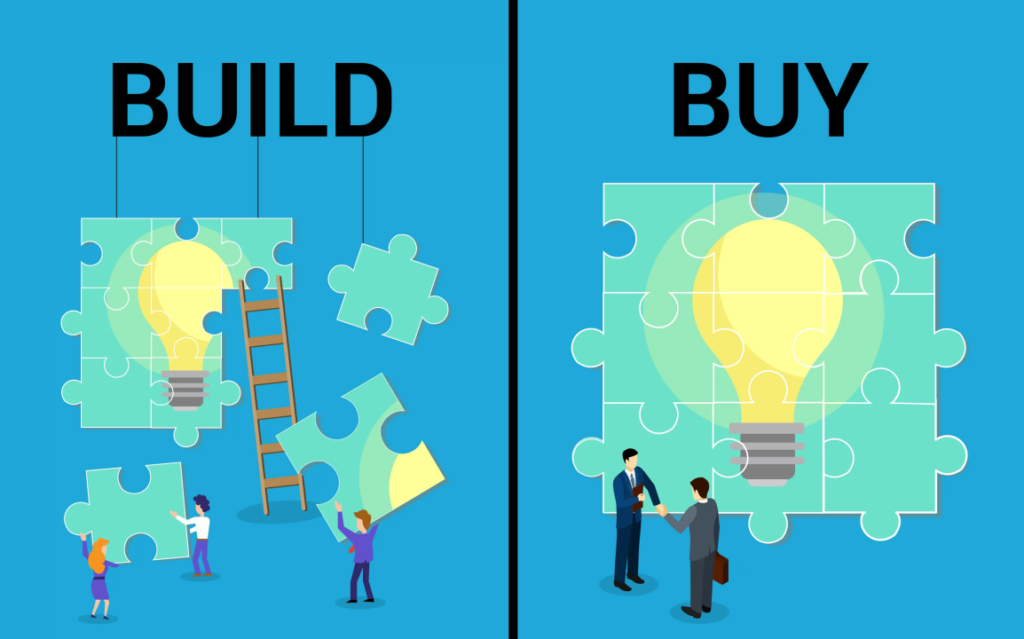Executive Overview
Cloud delivery models are currently dominating the payment infrastructure market, but this was not always the case when it was initially considered an unregulated fringe technology. Traditional financial institutions have always had higher standards for risk tolerance which is why banks have typically been more reluctant to use cloud technology, but better regulations have made the cloud more resilient and appealing even for conservative banks.
Many conventional banks began adopting cloud technology in 2020 when the pandemic made it essential for businesses to increase efficiency and cut costs to survive. Embedded finance as a service in the cloud has a remarkable ability to streamline costs through its flexible offerings. Cost savings that the cloud can offer are more appealing than ever during this evolving phase of economic uncertainty marked by bank failures, inflation, and rising interest rates. As a consequence of the pandemic’s unilateral shift to online services, consumers—particularly younger generations—have come to expect cloud-enabled mobile capabilities from the businesses they patron including their banks.
Banks have ultimately had to reassess the services they offer to stay relevant, especially since other non-traditional competitors have been using cloud services all along to cater to underserved customers seeking cloud-enabled services.
Facing the Future—Cloud Deployment Methods
- Private Cloud—The most secure option which appeals to banks but is not as efficient as other cloud models. Private clouds operate solely for that company even if they do not manage it themselves.
- Public Cloud—The most cost-effective, scalable, and flexible of all the cloud models, but also the riskiest. Public cloud infrastructure is designed to be made available to the general public to use without the cost of maintenance.
- Hybrid Cloud—This model combines the flexibility and control of the private cloud with improved cost-effectiveness which makes it easier to quickly scale operations—a crucial ability in this volatile economy. Hybrid cloud models are composed of two or more clouds that remain separate but linked to provide services as needed.
Cloud-Enabled Platform Banking
- Payments-as-a-Service (PaaS)
Modern as-a-service capabilities have evolved from legacy application service provider models which have transitioned from managing third-party software to managing their own software over the Internet leading to reduced licensing and maintenance costs. PaaS cloud-based payment technology support a number of inbound and outbound payments including but not limited to automating payables, payment hubs, point solutions, and bill pay solutions.
Drivers of PaaS Adoption in Banks:
- Scrutinizing pressure on financial businesses
- The rise of non-traditional competition
- Changing the perception of security with improved regulations
- Technological advancements pushing the industry to modernize transaction banking
- Net Interest Margins (NIM) at historic lows for over a decade
- Current unpredictability of market conditions puts a premium on flexibility with PaaS
Most major cloud platforms are investing billions annually on securing their cloud infrastructure so it is no longer necessary for banks to continue building in the private cloud.By 2025, 75% of banks will have between 27-35% of operations on a public cloud.
- Banking-as-a-Service (BaaS)
Traditional brick-and-mortar banks come with a challenging multi-step application process for banking licenses and charters that varies by country—Japan requires a cumbersome 23 documents for their application. Applications require extensive background information for the people organizing the application in addition to the senior management team, the business plan, risk management infrastructure, capital adequacy, and relevant finances. Once a charter is approved the bank has twelve months to raise the required capital which can be an issue for a pure novo bank.
BaaS is a model of banking that enables a fintech to offer banking services without having to obtain a bank license. By partnering with other already licensed banks, entities can avoid the painstaking charter process altogether.
Regulatory Environment
Given the appetite for financial oversight in the US, there is an expectation that non-traditional financial services and fintechs in Big Tech may see further regulations over the next few years that assign them a greater share of responsibility for ensuring compliance. However, current regulatory efforts are still mainly focused only on chartered financial institutions and the onus is on banks to manage their partnerships.
Recommendations for Banks
- Approach implementing the cloud in stages to avoid causing a disruptive amount of change all at once.
- Start with a selective SaaS model and incorporate backup channels to prepare for possible downtime.
- Adopt real-time payments since they are compatible with PaaS deployment, have a low risk of causing a disruption, and a low upfront investment cost.
Conclusion
The surging demand in the market for flexible, low-cost banking services combined with better regulations are finally driving banks to update their payment infrastructure to the next generation of cloud technology. This will ultimately support the main objective to future-proof businesses with more cost-effective product delivery models.
Click here to download the full whitepaper from Aite-Novarica, “Cloud payments and payments as a service are taking hold”, for the complete breakdown of the evolution of payment services.







